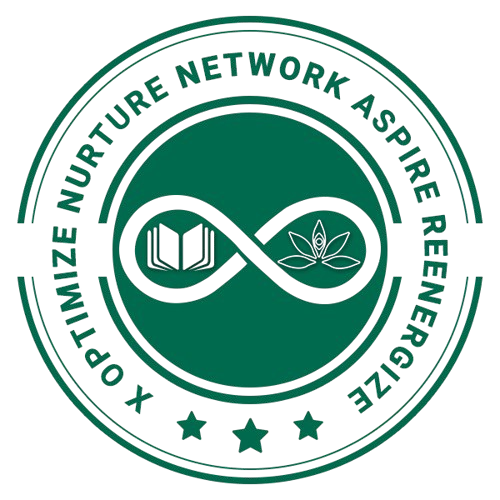Beyond Sound
Living with hearing impairment or deafness can feel like stepping into a world where conversations move too quickly, background noise makes things confusing, and social situations become tiring. Many people fear isolation, frustration, or being misunderstood. But hearing loss does not mean losing connection—it simply means finding new ways to communicate, to belong, and to thrive.
Communication is the biggest challenge, but also the biggest area of growth. Simple strategies can make daily conversations easier: facing the speaker, using gestures, or asking people to speak clearly rather than loudly. Lip reading is a valuable skill, and with practice, it can make social interactions smoother. Learning sign language—whether national sign languages or regional ones—can also open a new door to expression. Families and friends who learn even basic signs show love and respect, making communication a shared responsibility rather than a burden.
Embracing Deaf culture is another powerful way of reducing isolation. The Deaf community values sign language, visual expression, and collective identity. Joining local or online groups can bring friendships, shared experiences, and a sense of pride. Instead of feeling “different,” many find that Deaf culture offers belonging, creativity, and strength.
Technology also provides real help. Hearing aids and cochlear implants assist those who benefit from amplification. For communication, there are captioning apps, video relay services for phone calls, vibrating alarm clocks, flashing light doorbells, and even wearable devices that alert users to sounds like a baby crying or a fire alarm. These tools help create independence and safety while making daily life more comfortable.
Reducing isolation takes both courage and creativity. Social confidence grows when people advocate for their needs—for example, asking for captions in meetings, choosing well-lit places to read lips, or letting friends know the best way to communicate. At the same time, creative expression through art, writing, dance, or storytelling shows that voices are not limited to sound; they can be seen, felt, and shared in many forms.
Living with hearing impairment or deafness is not about silence; it is about building new ways of connecting, belonging, and expressing yourself. With communication hacks, cultural pride, and supportive technology, the journey can lead to a life that is not only independent but also deeply fulfilling.
Some Helpful Devices and Technologies That Can Support Daily Life
- Hearing aids – amplify sounds for people with partial hearing.
- Cochlear implants – devices that bypass damaged parts of the ear to stimulate hearing directly.
- Captioning services and apps – convert spoken words into text in real time.
- Video relay services – allow people to make phone calls using sign language interpreters over video.
- Vibrating alarm clocks and bed shakers – wake users through vibration instead of sound.
- Flashing light alerts – signal doorbells, alarms, or phone calls with visible light.
- Wearable sound alert devices – notify users about important sounds like crying babies or sirens.
These devices, combined with social strategies and cultural connection, reduce barriers and open up new opportunities for independence and confidence.
“Silence does not mean absence of voice; it means finding new ways to be heard.” – A. Bansal
